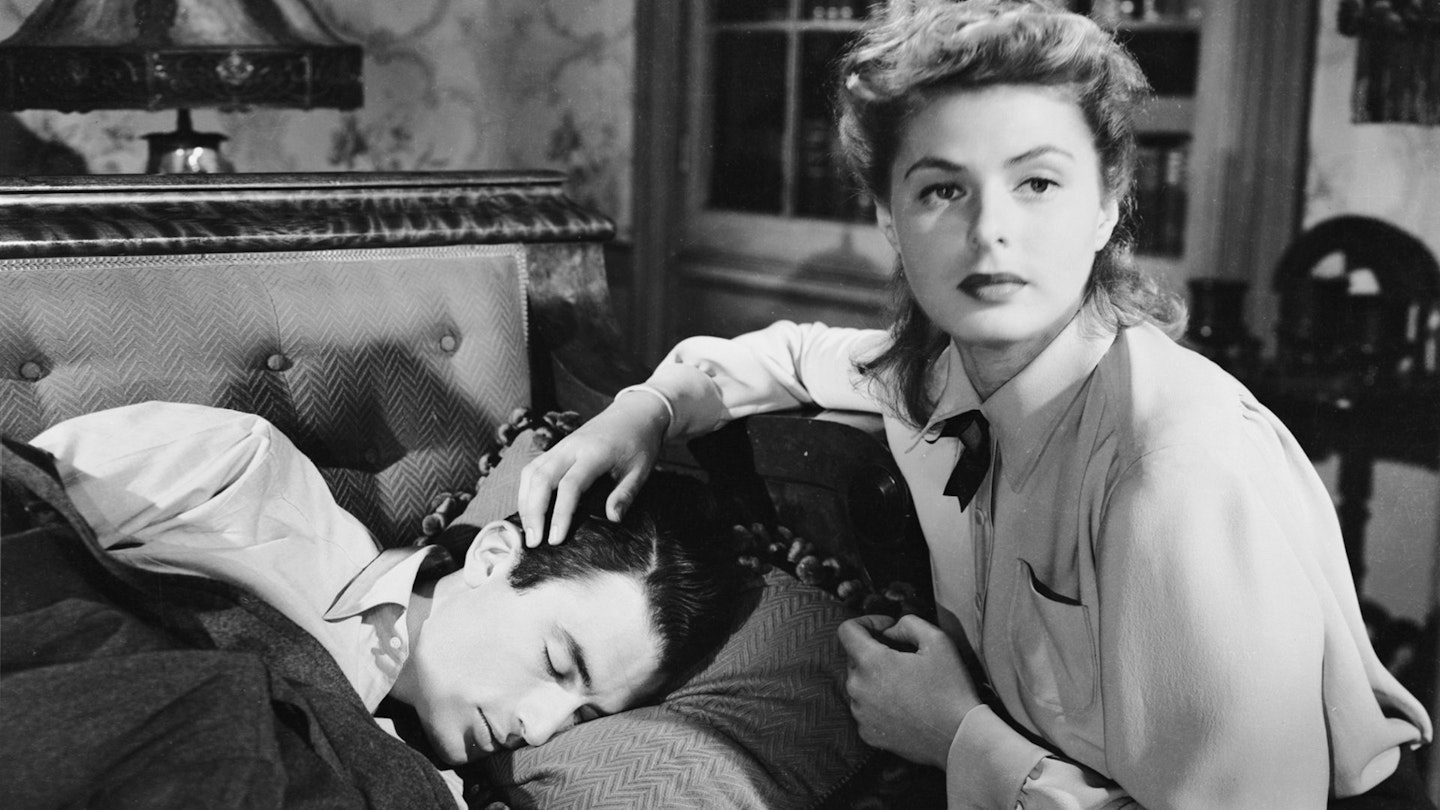Having introduced some subtle Freudian symbolism into Lifeboat, Alfred Hitchcock was keen to go further and produce Hollywood's first feature about psychoanalysis. So, while he was in Britain shooting the wartime propaganda shorts Bon Voyage and Aventure Malgache, Angus MacPhail and Ben Hecht worked on this adaptation of the 1927 novel The House of Dr Edwardes, which was written by John Leslie Palmer and Hilary Aidan St George Saunders under the more manageable name of Francis Beeding.
Hecht's screenplay was strewn with Freudian allusion, ranging from Ballytine's ownership of a single suitcase to the opening of doors on his first kiss with Constance (the last of which gave on to a radiant white light). But Hitchcock's visuals owed just as much to the Expressionist tendency he had acquired while working in Germany in the mid-1920s. His use of angle and shadow was particularly UFA-like, as was the inclusion of gambling motifs (with the inmates' card game replacing the script's original sequence in which they rehearsed William Congreve's 1700 comedy of marital manners, The Way of the World). However, the most obvious Expressionist connection, with Robert Wiene's The Cabinet of Dr Caligari, would only become apparent during the denouement.
Yet, for all its Germanic influences, the film's most famous sequence was produced by the Spanish surrealist Salvador Dali. Echoing both Dali's own distinctive paintings and his 1928 screen collaboration with Luis Buñuel, Un Chien Andalou, Ballytine's dream was originally filmed in four parts. But producer David O. Selznick removed a ballroom segment in which Constance turned into a statue as he was convinced that audiences would find it as baffling as he did. Ironically, such psycho-symbolism also eluded the Breen Office, which must have suspected what Hitch was up to and yet it passed several instances of phallic and castratory imagery.
However, no amount of intellectual ingenuity could turn Ingrid Bergman into a credible shrink and there's precious little spark between her and Gregory Peck. But Hitchcock had become hooked on his themes and he would return to them in Vertigo, Psycho and Marnie.
